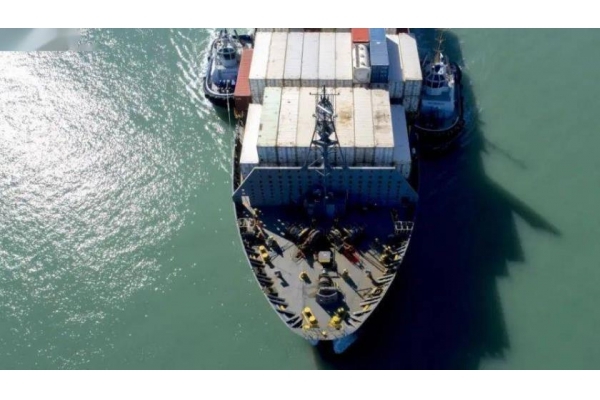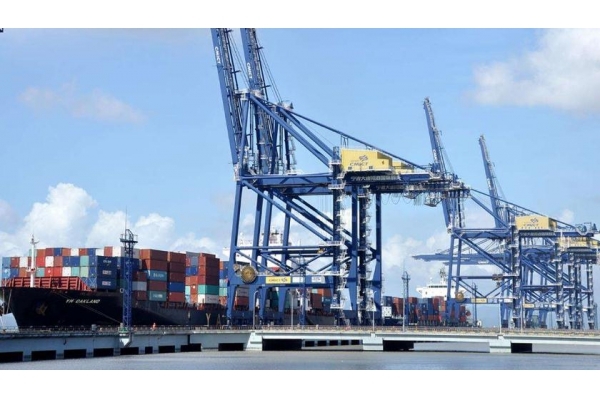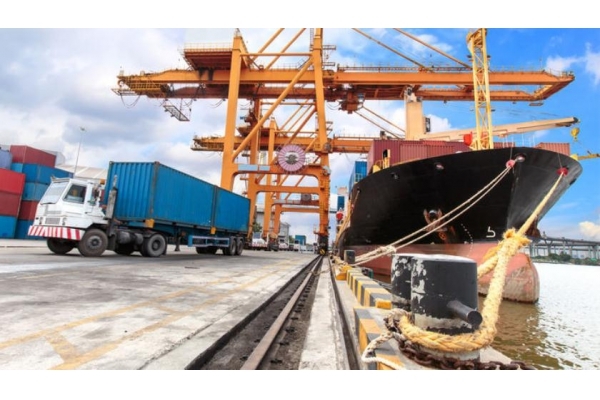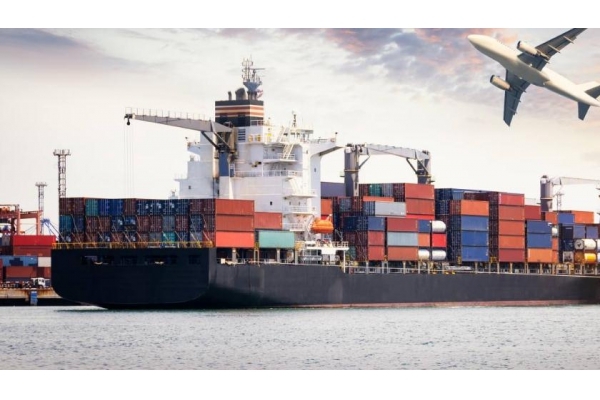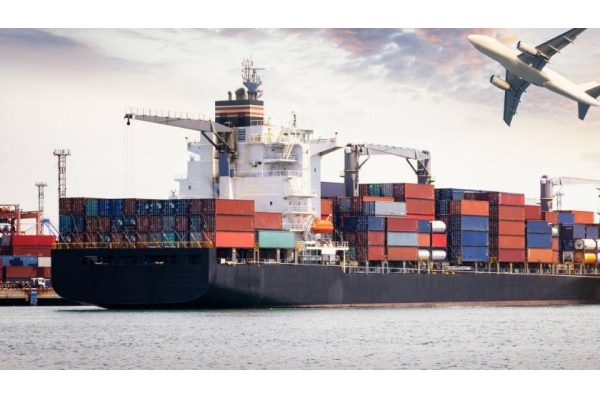Cargo dumping in international shipping is also known as "bubble cargo", which is commonly referred to as light cargo. The volume /0.006 is greater than the weight, which is considered to be a bubble. A: Actual weight B: volume weight = length * width * height / 6000cm. If a > b, it is not pickled, on the contrary, it is pickled.
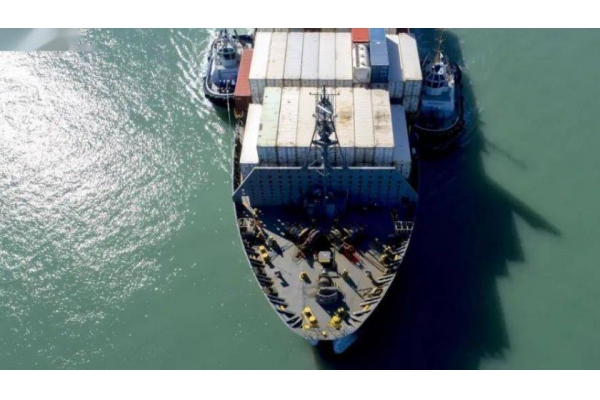
(2) From the perspective of cargo freight calculation, and according to international shipping business practices, cargo stowage factor is less than 1.1328 m3 / T or 40 cubic feet / T, and any cargo with stowage factor greater than 1.1328 m3 / T or 40 cubic feet per ton is called light bubble cargo. The stowage, transportation, storage and billing of heavy goods and light goods are closely related. Therefore, the transportation department should divide heavy goods and light goods according to certain standards.
Heavy goods selling refers to the ratio of weight to volume. If the goods are heavy and small, it is mainly heavy steel; If the volume is large and the goods are light, it is cotton. Generally speaking, 166kg per cubic meter of cargo is considered as heavy cargo, which is divided into two parts. Pickled goods refer to goods whose volume conversion weight exceeds the actual weight, such as wooden chairs, plastic products, cotton, sponge, etc. The weight of the foam is the volume and weight of the cargo.
The weight is converted according to the volume of international shipping goods. When calculating the actual weight, it is generally calculated according to the volume weight; If it is calculated according to the actual weight. How to define heavy cargo dumping in air transportation? Air transportation is the cubic number of goods / 0.006. If the calculated value is greater than the weight of goods, the parabola of goods is less than heavy.
Air transport: heavy cargo refers to the cargo of more than 1kg per 6000 cubic centimeters; Dumping refers to not more than 1kg per 6000 cubic centimeters.
If 1 cubic meter of goods is less than 166.67 kg, it can be dumped. The weight cargo ratio of sea freight is generally 1:1. That is, if one cubic meter is greater than one ton, it is heavy cargo, and if it is less than one ton, it is light cargo. However, the goods to the inland of the United States are calculated as 1:363 kg, and more than 363 kg per cubic meter are heavy goods.
Thirdly, I want to talk about the identification of heavy LCL cargo by sea. Many ports have different comparison columns, which will also change due to different seasons (off-season and peak season). I say a relatively simple identification method, cubic number * light cargo sea freight - tonnage * heavy cargo sea freight. If it is a positive number, it is a lost cargo; On the contrary, the goods in this bill are heavy goods.


